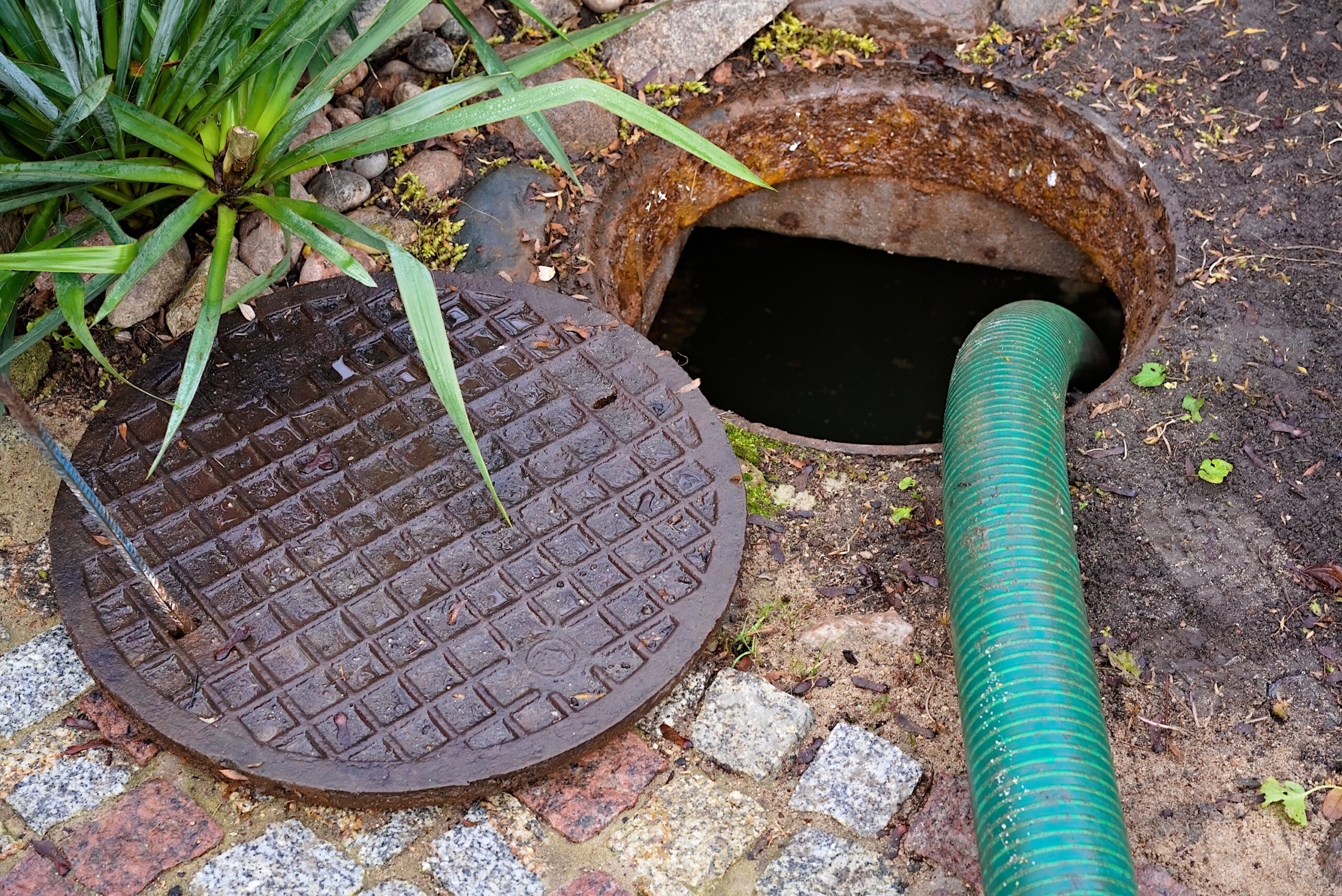One of the more critical septic system best practices is avoiding hydraulically overloading a septic system. Not understanding this condition and what can cause it can be very harmful to a septic system.
Septic systems are designed with many factors to consider. Two important considerations are:
- How many people will use the system
- An average water usage rate per person
An average incoming amount of wastewater is derived from this information, which then defines the size or capacity of the septic tank and drainfield. As discussed in other blogs, the purpose of the septic tank is:
- To allow solids to settle at the bottom of the tank
- To allow bacteria to break down the nutrients in the organic waste
The septic tank is sized so that there is adequate time for the activities described above to occur before incoming wastewater displaces the wastewater undergoing the settling and breakdown processes. The purpose of the drainfield is to allow the water from the wastewater exiting the septic tank to pass back to the water table.
Hydraulic overloading occurs when the incoming wastewater flow rate exceed the system’s designed flow rate. When this happens, the system can not treat the wastewater effectively or pass the water back to the water table. Some examples on how this can occur are:
- Many loads of laundry are done consecutively during a few hours.
- The toilet’s flapper valve is leaking water from the tank into the bowl which constantly flows into the system.
- Many baths or showers are taken consecutively.
When events like these happen, several consequences occur and none of them are good. In the case of the septic tank, the time available for settling and bacterial breakdown is severely limited. In some cases, it does not occur at all and solids can be washed directly from the tank into the drainfield. Solids in a drainfield hasten clogging, especially in anaerobic septic systems, which will eventually lead to system failure.
Hydraulic overloading can also reduce and dilute the number of bacteria in the septic tank, which reduces the effectiveness of the tank. Less bacteria in the septic tank mean fewer solids are being broken down resulting in, again, more solids passing into the drainfield. In all of the sources of hydraulic overloading cited above, the incoming water contains very low levels of bacteria. In these cases, not only do bacteria get washed out of the tank, their numbers do not get replaced with the incoming wastewater.
In closing, septic systems are very vulnerable to hydraulic overloading. It is in the owner’s best interest to understand how this can occur and take steps to ensure it does not happen.











